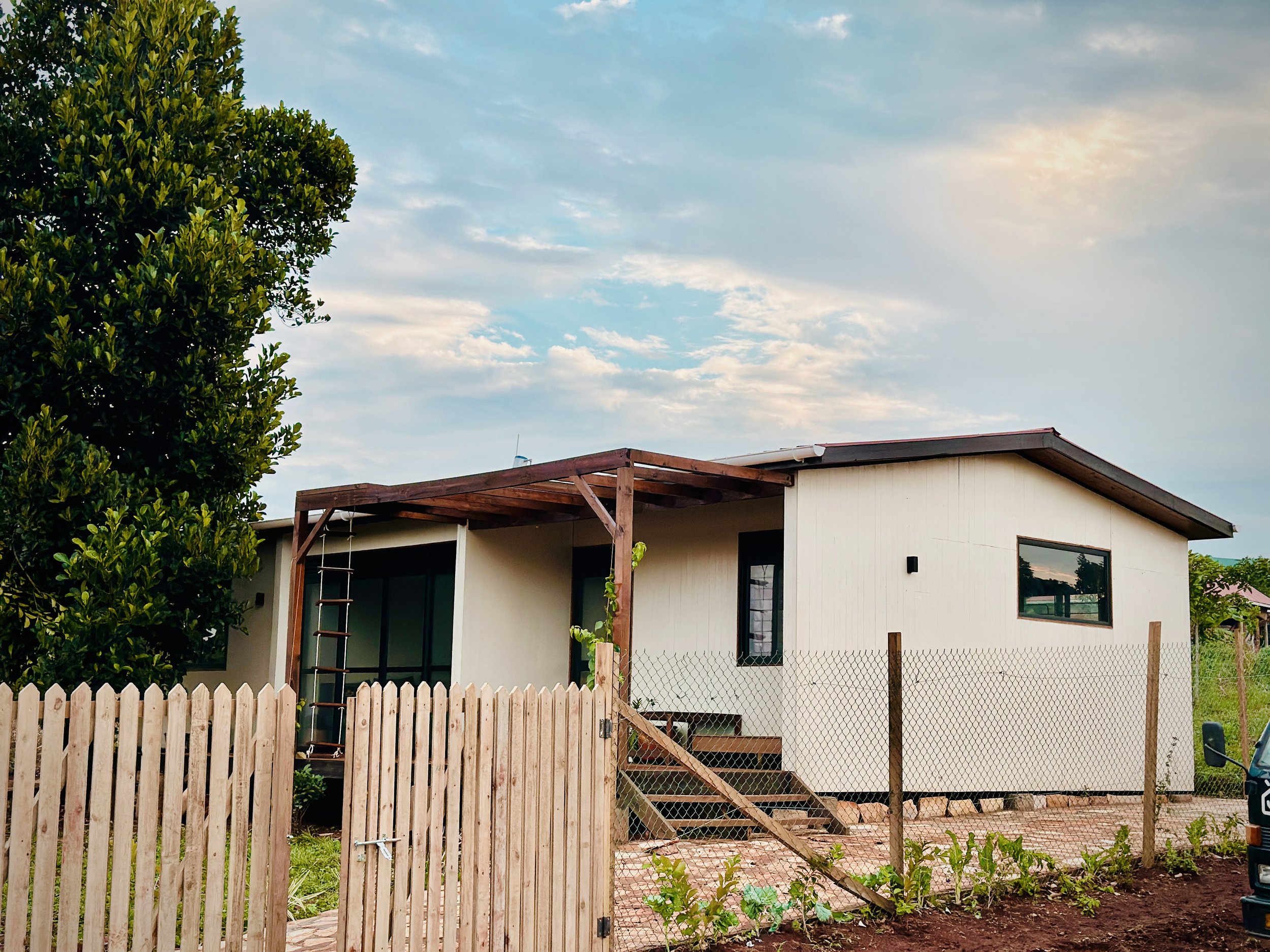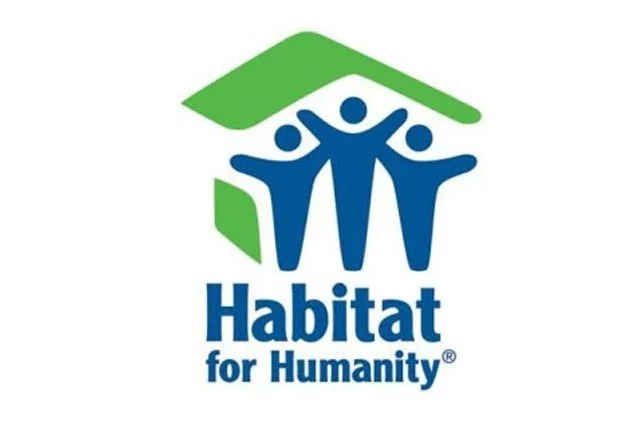
A home for everyone.
Sustainable. Social. Scalable.
We build your dream home in just a few months.
Easy Homes are of high quality through architectural design and factory production, while also preserving our environment!
Take a look inside an Easy Home.
Curious to see what our Easy Homes look on the inside? Our colleague Gorret takes you on a tour of this Two Bedroom Gable Roof model, built in Kampala.
Recognition.
Our Impact.
44
homes built
468
tonnes of CO2 removed
127
football fields of forest sustained
157
local jobs provided
$1,97M
spin-off value
Our partners.


































